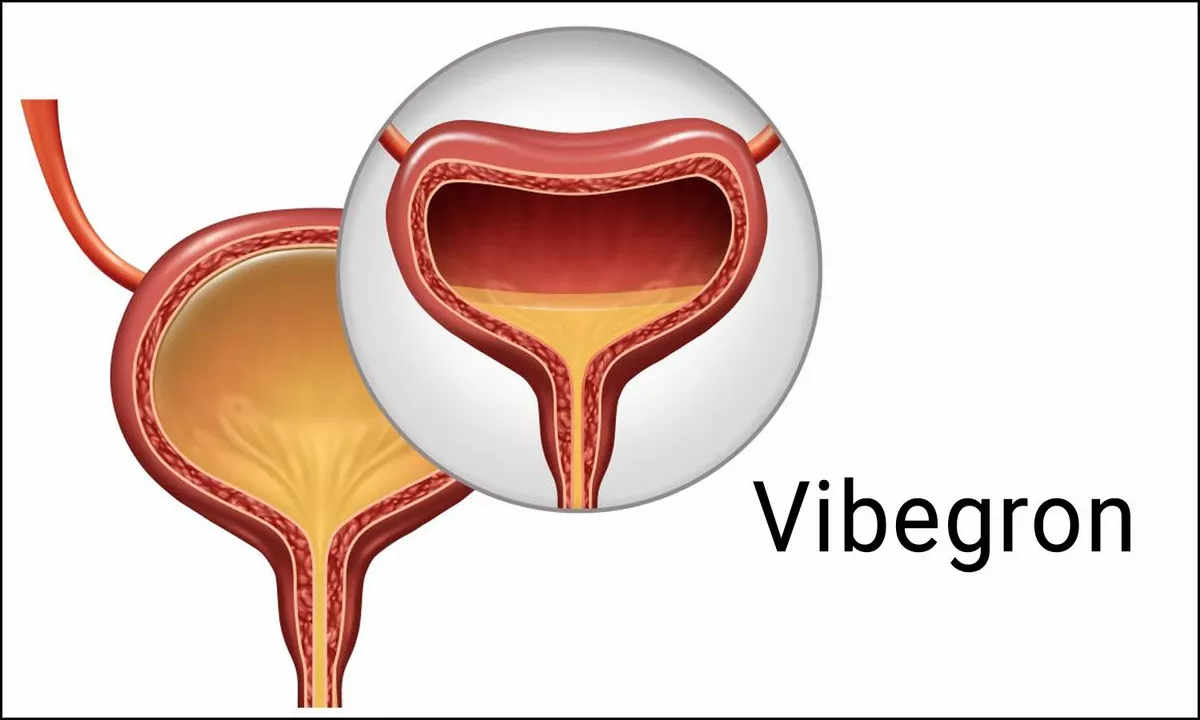I recently discovered the value of Overactive Bladder (OAB) support groups for those struggling with this condition. These groups offer a safe space for people to share their experiences, exchange tips, and find emotional support. Through online forums, in-person meetings, or social media groups, OAB support communities are easily accessible for everyone. I highly recommend joining one of these groups to not only cope with OAB but also to build connections with others facing similar challenges. Remember, you're not alone in this journey, and there's strength in numbers!
Overactive Bladder: What You Need to Know
If you find yourself rushing to the bathroom dozens of times a day or waking up at night with an urgent need to pee, you might be dealing with an overactive bladder (OAB). It’s a common problem that affects millions, but most people don’t talk about it. The good news? You can manage symptoms with simple lifestyle tweaks and, if needed, medical treatment.
OAB isn’t a disease on its own; it’s a set of symptoms—usually a sudden urge to urinate, frequent trips to the toilet, and sometimes leakage when you can’t get there fast enough. These signs can show up at any age, but they’re especially common after 40. Hormonal changes, bladder muscle over‑activity, or nerve issues often trigger the condition.
Common Triggers and Lifestyle Changes
First off, look at what you drink. Caffeine, alcohol, and sugary sodas can irritate the bladder and make urges stronger. Try swapping those for water or herbal tea and see if symptoms improve after a few days.
Poor pelvic floor muscles also play a role. Simple Kegel exercises—tightening the muscles you’d use to stop peeing—can build strength and give you better control. Do three sets of ten repetitions, holding each squeeze for five seconds, a few times daily.Weight matters, too. Extra belly fat presses on the bladder, increasing pressure and urgency. Even modest weight loss can reduce bathroom trips.
If you’re dealing with constipation, that’s another hidden culprit. A sluggish gut pushes against the bladder. Add more fiber, drink plenty of fluids, and keep moving to stay regular.
Medical Treatments and When to Seek Help
When lifestyle changes aren’t enough, doctors have several options. Anticholinergic medications calm over‑active bladder muscles but may cause dry mouth or constipation—talk with your pharmacist if those side effects bother you.
A newer class called beta‑3 agonists relax the bladder without many of the classic anticholinergic side effects. They’re worth discussing, especially if you’ve tried older meds first.
For severe cases, bladder training programs combine timed voiding with gradual lengthening of intervals between trips. Physical therapists can guide you through pelvic floor therapy that’s more targeted than home Kegels.
If all else fails, procedures like Botox injections into the bladder wall or nerve‑modulating implants are options your urologist might suggest. They sound intense, but many patients report big improvements in daily life.
Never ignore leakage that’s new or worsening. It could signal a urinary tract infection or other health issue that needs prompt attention.
Bottom line: overactive bladder is manageable. Start with easy habits—cut back on irritants, strengthen your pelvic floor, stay active—and watch how symptoms shift. If you’re still struggling after a few weeks, book an appointment. A quick chat with a healthcare professional can unlock the right treatment plan and get you back to feeling in control.

